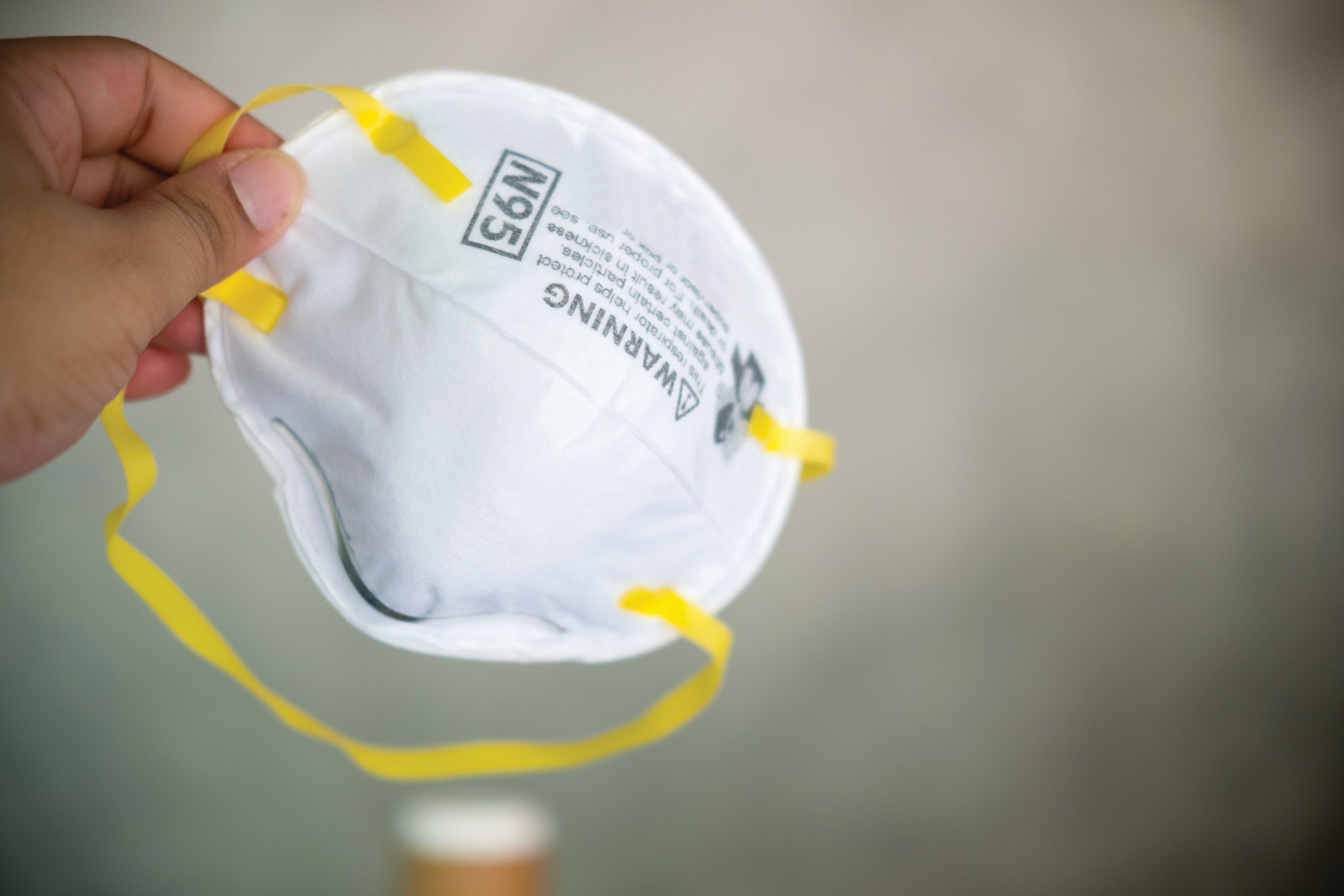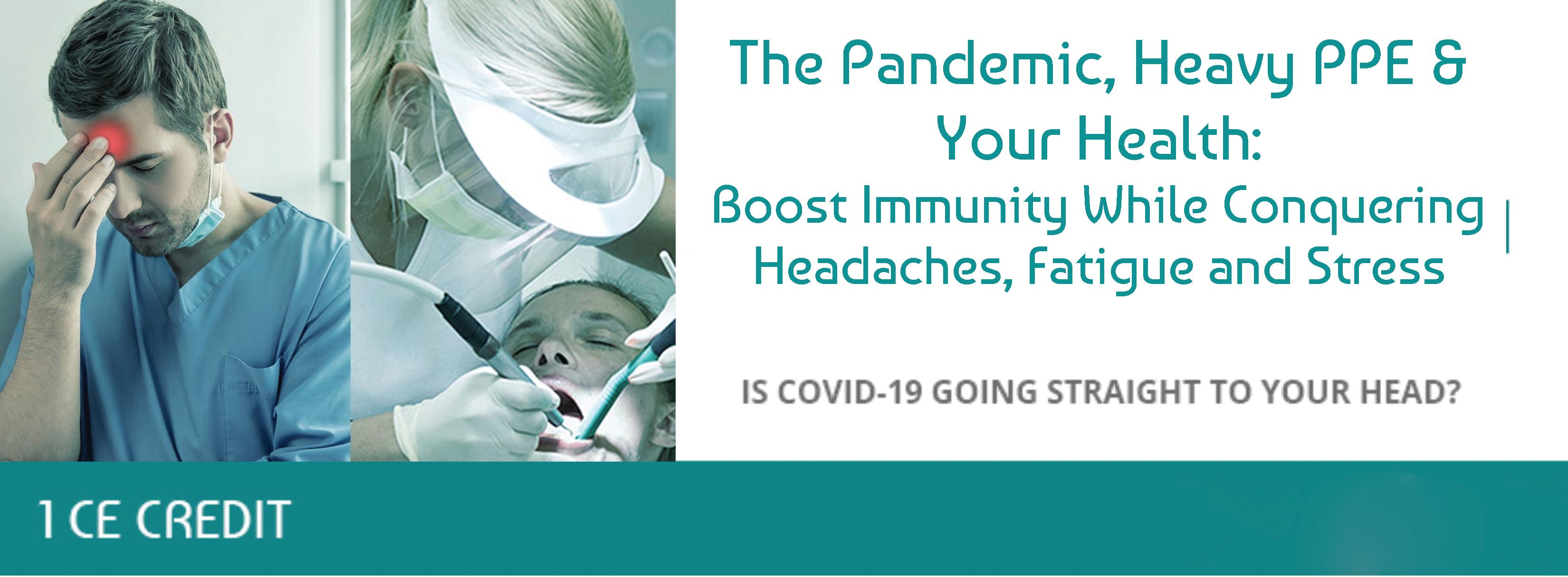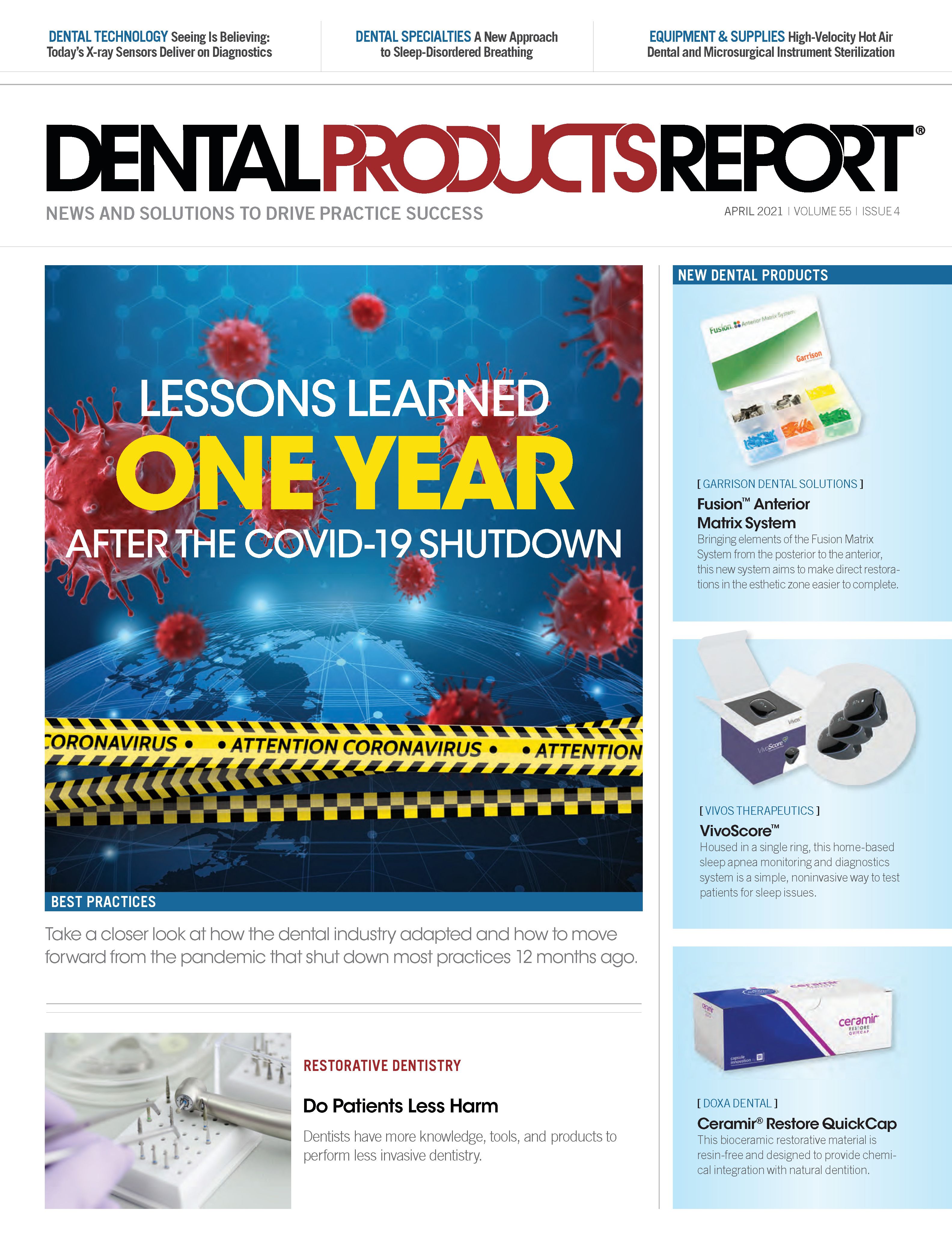Dear Bethany: I’ve noticed with the onset of the coronavirus disease 2019 (COVID-19) pandemic and wearing heavier N95 masks, I am experiencing excessive fatigue, dehydration, and headaches. Is this caused by rebreathing carbon dioxide (CO2) from wearing a mask?
Dear Doctor: This is a common complaint and is based on several risk factors. Proper evidence-based interventions can significantly reduce symptoms.
The pandemic introduced a multitude of physiological and emotional risk factors, many of which can negatively affect a dentist’s health. We have little control over some of these risk factors (eg, heavy personal protective equipment [PPE], patients with anxiety, loneliness, safety precautions, financial strain, operatory scheduling). However, there are numerous techniques we can implement to mitigate their damaging effects on our bodies.
With the introduction of COVID-19 variants, I suspect that N95 masks and heavier PPE may be here for a long time.
Results from a survey in 2020 showed that during the pandemic, the frequency of headaches increased by over 300%.1 In addition, the following symptoms were reported: mental fatigue (68%), feeling dehydrated (66%), exhaustion (59%), dry mouth (44%), and dizziness (44%).
So, what’s going on here? I’ve spent the last 4 months researching this question, and the results were fascinating.
When wearing an N95 mask, your inhaled CO2 level increases to 3%.2 For comparison, your normal inhaled CO2 level is 0.04%. Remember the Bohr effect from your college physiology class? Hemoglobin releases oxygen in the presence of high blood CO2 levels.
Live Webinar
Join Bethany Valachi, PT, DPT, MS, CEAS, for a live webinar that can transform your life and practice! “The Pandemic, Heavy PPE & Your Health: Boost Immunity While Conquering Headaches, Fatigue and Stress” on Wednesday, April 14 at 5 pm PST.
You’ll learn evidence-based techniques to optimize your health, boost your immune system, and work more comfortably. You’ll also discover which types of exercise can actually compromise your immune system.
REGISTER AT: posturedontics.com/webinars
CO2 is the element that stimulates you to breathe; therefore, when wearing an N95 mask, your breathing rate increases due to the elevated CO2 levels. Now both breathing rate and effort increase due to the feeling of “air hunger.” This faster, shallower breathing results in acidosis. Acidosis affects include sweating, visual changes, headache, dyspnea, and increased irritability. Other effects include decreased reasoning, decreased alertness, and decreased exercise.2
In addition to this, consider the safety issue of what happens when your breathing dampens the mask. If there is excessive moisture, the mask becomes airtight. Consequently, unfiltered air can be inhaled and exhaled around the edges, losing the protective effect for both the wearer and the environment.3
A question that often arises is “Is this damaging my health?” Multiple N95 study results show that in spite of the increased CO2 levels and subjective discomfort complaints, there was no clinically relevant physiologic burden or damage to the mask wearer.4,5
Nevertheless, these symptoms of heavy mask-wearing are not comfortable, and they are exacerbating the already problematic incidence of work-related pain among dentists.
My research revealed that a lot could be done to mitigate these symptoms by integrating several evidence-based techniques in the operatory.
One of these is how you breathe in the operatory. Consider nose versus mouth breathing. With nose breathing, you have the natural defense of nitric oxide in the nasal cavity, which has antiviral properties and can defend against respiratory tract infections. Mouth breathing offers no protection against inhaled elements in the air and causes a 42% water loss compared with nose breathing. Water loss can lead to dehydration, thirst, and overheating.
But is nose breathing the answer to the adverse effects that dental professionals face with heavy PPE, such as headaches, exhaustion, dehydration, decreased cognition, and dizziness? The answer is a resounding no. It is actually how you nose breathe that can increase or worsen these symptoms. I am not referring simply to chest versus abdominal breathing, but a much more precise way of breathing. I’ll be teaching these interventions and more in my webinar, The Pandemic, Heavy PPE and Your Health, on April 14. Register at posturedontics.com/webinars.
References
- Guignon A. Headaches, exhaustion, anxiety: The physical and emotional challenges of returning to work during the pandemic 2020. DentistryIQ. June 11, 2020. Accessed February 2021. https://www.dentistryiq.com/covid-19/article/14177630/headaches-exhaustion-anxiety-the-physical-and-emotional-challenges-of-returning-to-work-during-the-pandemic
- Davis BA, Tsen LC. Wearing an N95 respiratory mask: an unintended exercise benefit? Anesthesiology. 2020;133(3):684-686. doi:10.1097/ALN.0000000000003421
- Matuschek C, Moll F, Fangerau H, et al. Face masks: benefits and risks during the COVID‑19 crisis. Eur J Med Res. 2020;25(1):32. doi:10.1186/s40001-020-00430-5
- Özdemir L, Azizoğlu M, Yapıcı D. Respirators used by healthcare workers due to the COVID-19 outbreak increase end-tidal carbon dioxide and fractional inspired carbon dioxide pressure. J Clin Anesth. 2020;66:109901. doi:10.1016/j.jclinane.2020.109901
- Rebmann T, Carrico R, Wang J. Physiologic and other effects and compliance with long-term respirator use among medical intensive care unit nurses. Am J Infect Control. 2013;41(12):1218-1223. doi:10.1016/j.ajic.2013.02.017


